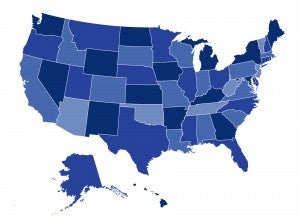It’s enough to make you loopy: inside the Kafka-esque world of Medicaid “loopers”

Remember the Medicaid loopers? These are people who applied for coverage through the health insurance Marketplace, to be told they were initially assessed as Medicaid eligible, and to apply for coverage with their state’s Medicaid agency. If the Medicaid agency rejected their application, they were then bounced back to the Marketplace. In this blog post, Sabrina Corlette takes a look at one family’s efforts to get through a maze of bureaucracy to obtain coverage for their children.



